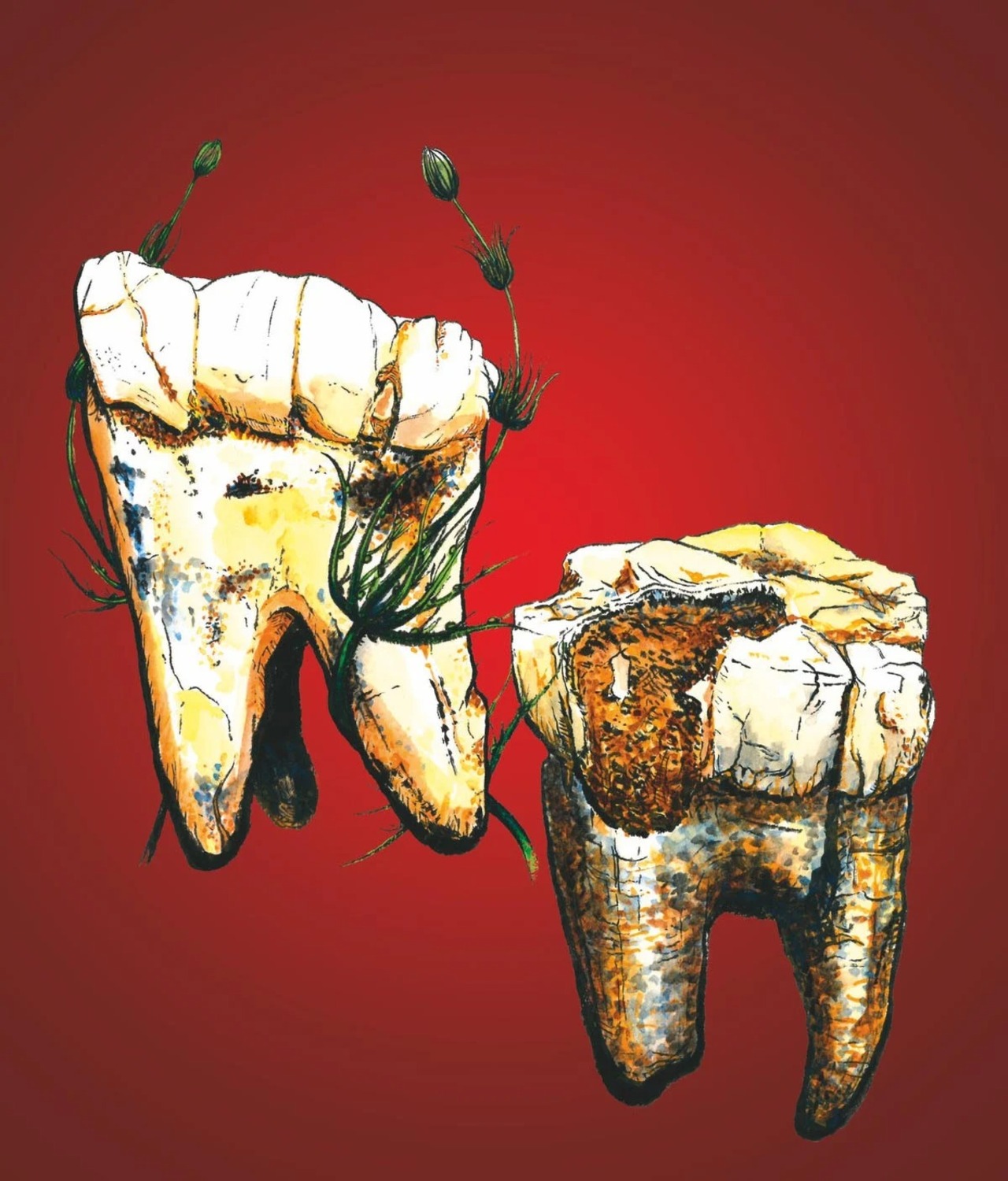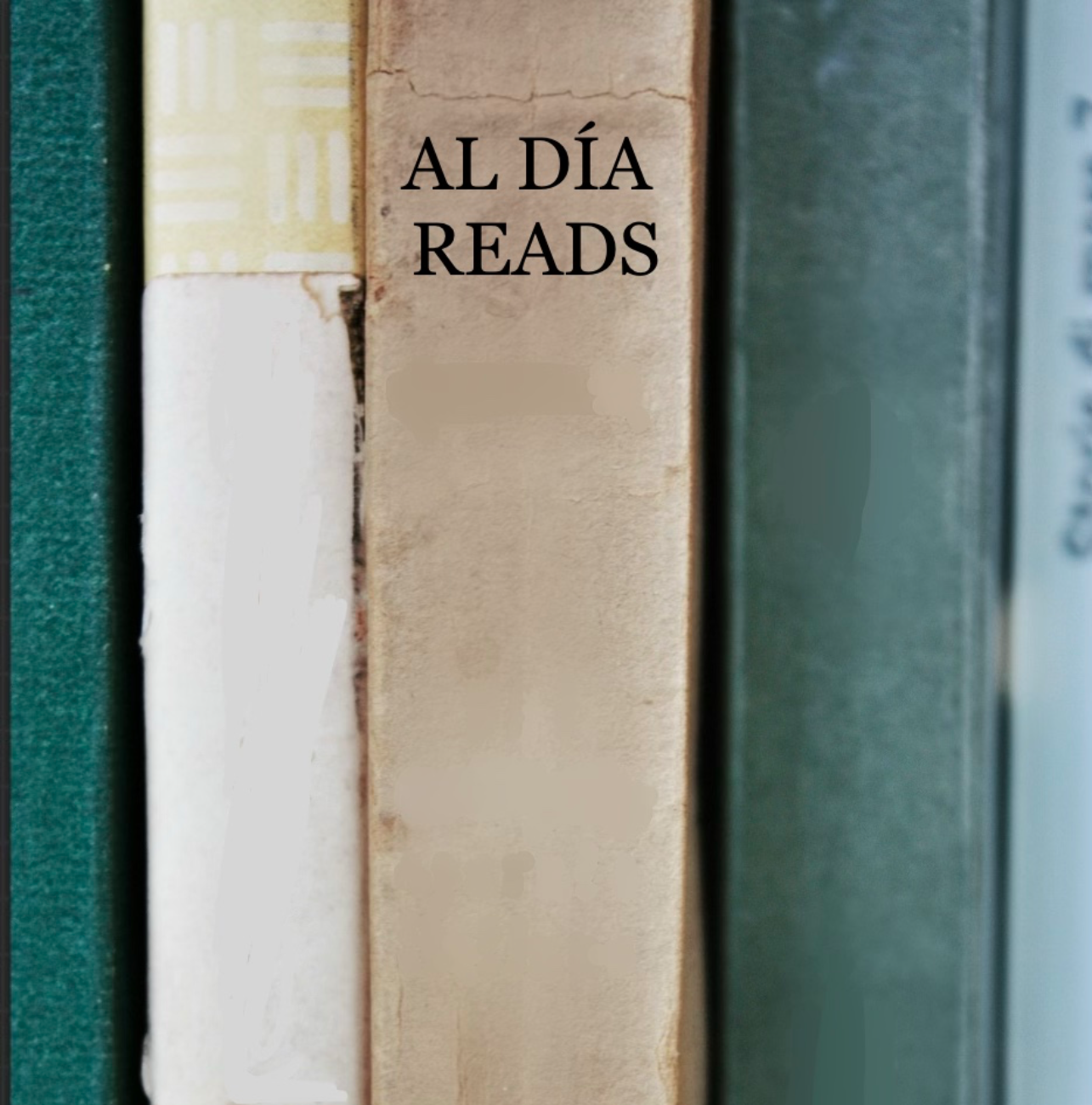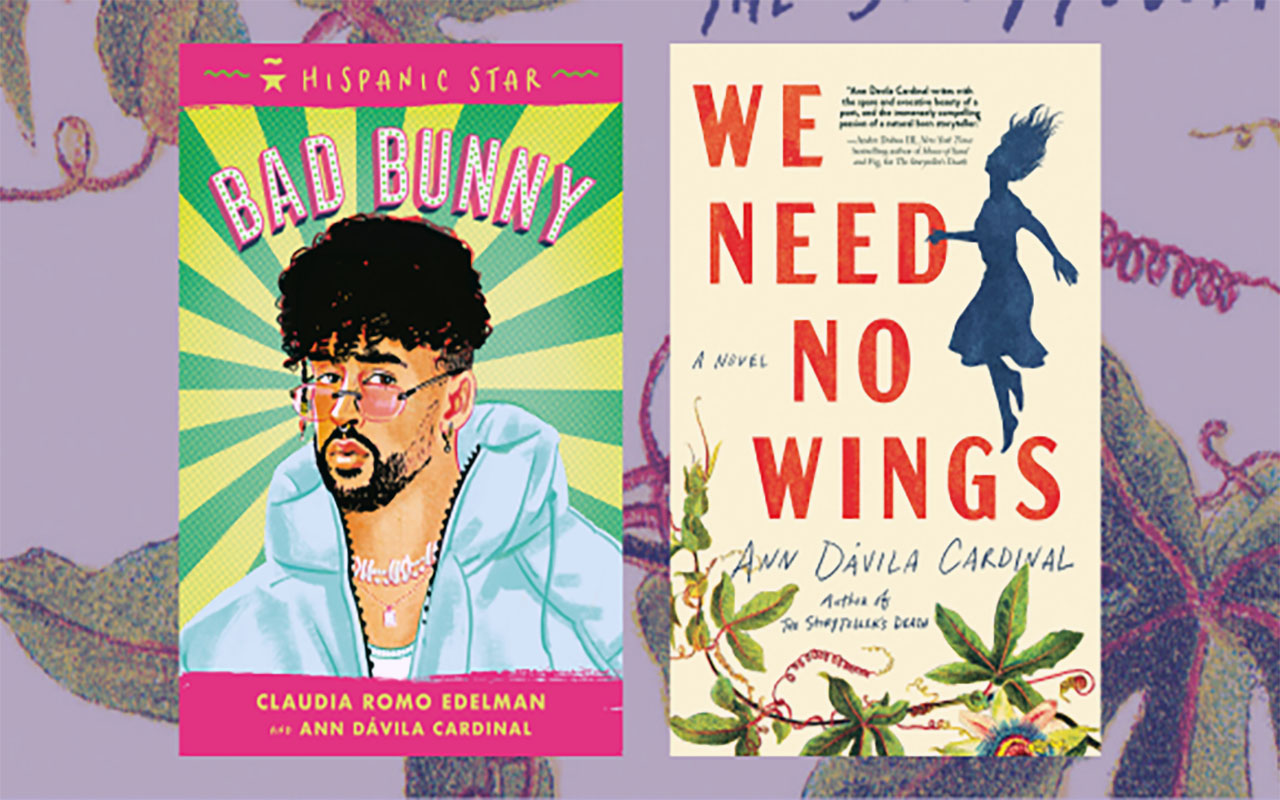
Three books to get to know Anne Carson
The poet and essayist is the third woman in a row to win the Princess of Asturias Prize for Literature.
Something is changing in the international literary scene. If last year the writer Siri Hustvedt received the Princess of Letters for her work, this year it is the Canadian poet, essayist and novelist, Anne Carson, who has been awarded for a work as splendid as it is unknown to a large majority of readers, despite the fact that Carson is not only one of the fundamental figures of contemporary poetry, but also a clear candidate for the Nobel Prize.
Shy, sparing in words in the few interviews she has given, Carson's poetry is, like all good literature, difficult to classify. Her early awakening to literature came to her in high school through the poetry of Sappho, to whom she dedicated her doctoral thesis; many of her works, on the other hand, reflect her vast knowledge of classical Greece.
According to the jury that decided to award the prize, Anne Carson's work "maintains a commitment to emotion and thought, to the study of tradition and the renewed presence of the humanities as a way of achieving a better awareness of our time."
RELATED CONTENT
These five works of the superb and enigmatic writer — her biography is brief, she jealously guards her intimacy — are a door to Carson's world, where lyric is intertwined with classical myths and philosophical and sentimental depth.
A novel in verse based on the myth of the three-faced monster that appears in the Aeneid and The Divine Comedy and stars the poem Geryoneis by Estesichorus, a contemporary of Sappho. The work, published in 1998, was a great critical success and later its second part, Red Doc, was published, which reflects on the meaning of existence.
A T.S. Elito Poetry Award winner, it tells the story of a married couple around Keats' idea that "beauty is truth." Carson does it through 29 tangos that this crumbling marriage has to dance to the end. A brutal, disturbing and darkly funny book.
A long essay in the form of a diary where Carson fuses the landscape of the road with its interiority and becomes the true feeling of the pilgrim, who follows her trip with her eyes set on the horizon, but also on the past and her interior. A prodigious exercise in introspection with images of beauty and mysticism that conclude in Finisterre, Galicia (Spain).
From the first Greek poets, such as Sappho, through Stendhal, Barthes and Virginia Woolf, love and the internal storm it generates has been one of the main themes of Western literature that Anne Carson addresses in this book. What happens when we fall in love? Why does love and desire generate both pleasure and suffering?












LEAVE A COMMENT: